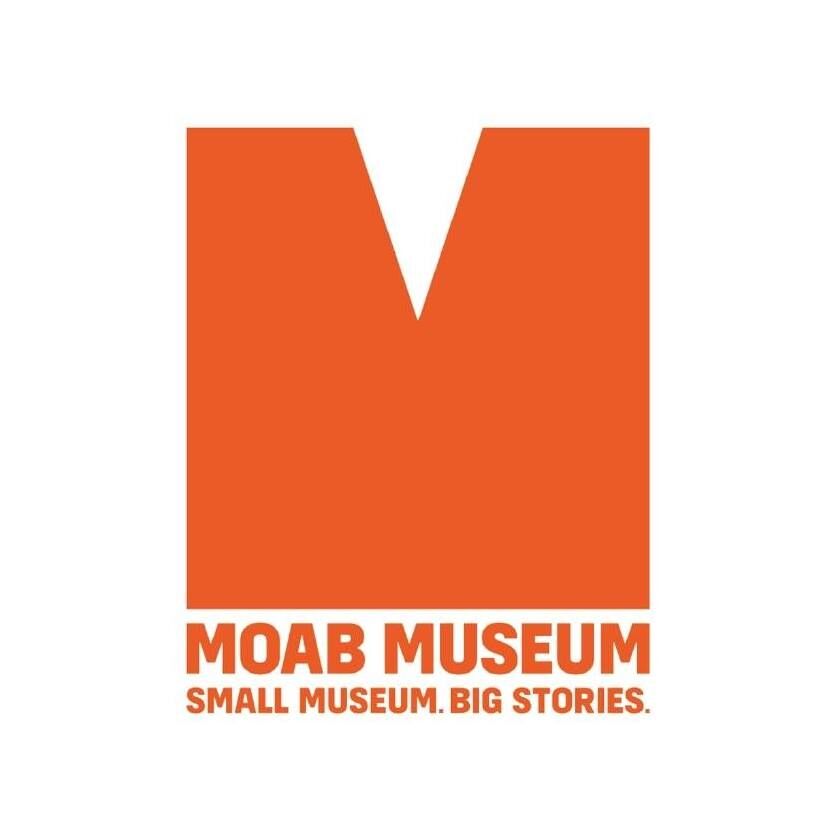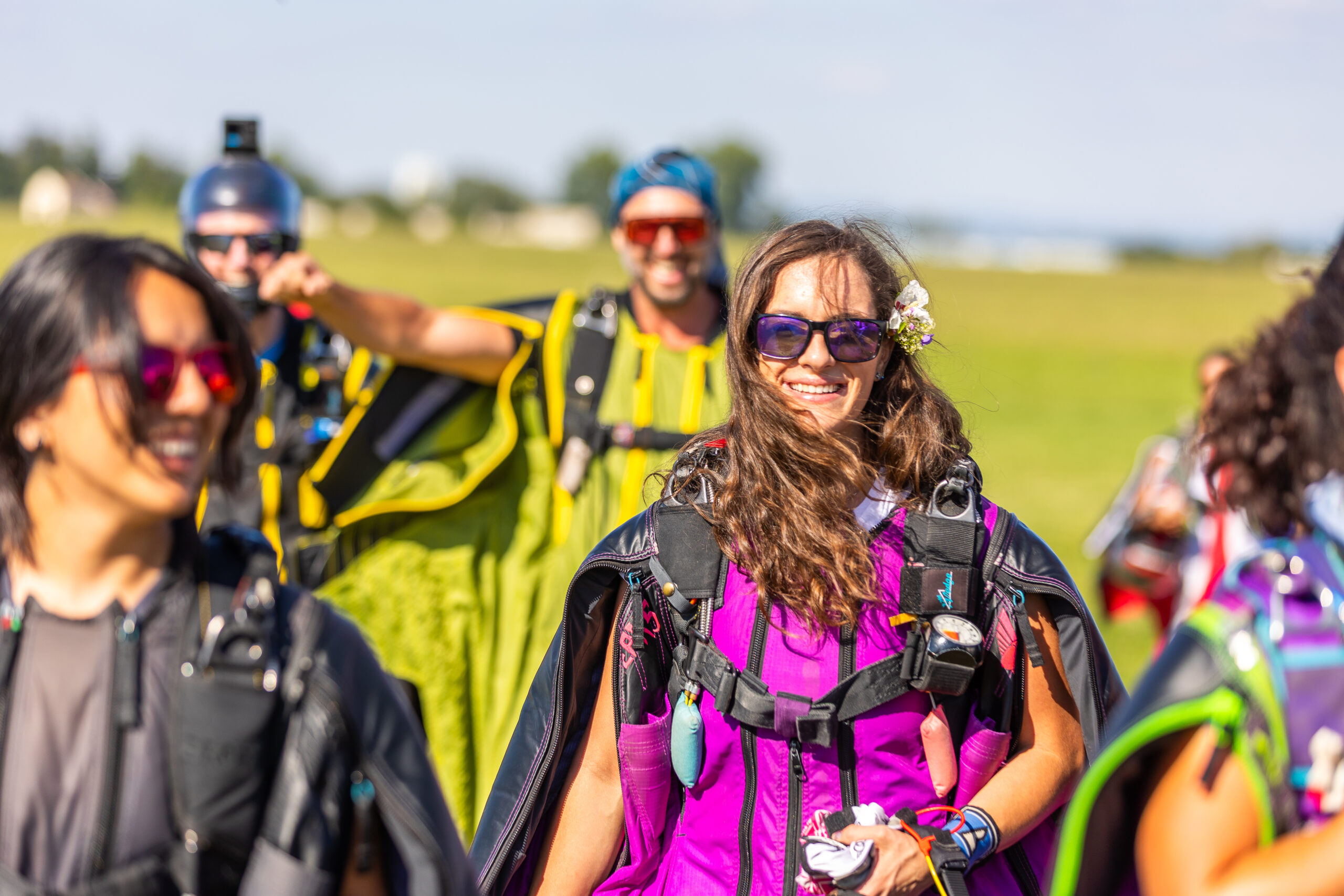Some information may be outdated.
One of the first nonnative permanent settlers in the Moab area was William Grandstaff, a Black farmer and cowboy who, in the 1870s and 80s, ran cattle in a canyon off the Colorado River that is now a popular hiking destination named for the early pioneer.
Until recently, little was known about Grandstaff, but research undertaken in the last few years by an amateur historian and a professional genealogist have filled in some of the missing details of Grandstaff’s life.
On March 30, the Moab Museum will host Gerald Elias, a Salt Lake City-based author, musician and history buff, and Nick Sheedy, lead genealogist for the PBS show “Finding Your Roots,” for its next “Tuesdays with the Museum” event to talk about what they’ve learned. The conversation will be facilitated by Michele Johnson, a museum volunteer and former trustee on the board. Find a Zoom link on the museum’s website, www.moabmuseum.org, to join the webinar at 6:30 p.m., or watch the livestream on the museum’s Facebook page.
“Tracing the genealogy of Black Americans is hard in this country,” explained Mary Langworthy, membership and community outreach coordinator for the Moab Museum, because of incomplete, inaccurate, or informal records. The United States Census didn’t even include Black Americans by name until 1870.
Elias and Sheedy became interested in Grandstaff’s story and started digging around to learn more. A few years ago, Elias used what he learned to compose an opera called “The Legend of William Grandstaff,” which premiered in Salt Lake City in 2019. A forerunner of that work, called “William Grandstaff,” premiered at the 2014 Moab Music Festival, and can be viewed on Youtube.
According to Elias’s research, Grandstaff was born in Virginia—his parents were likely enslaved. It’s possible he served in the Union Army during the Civil War before moving west. In Moab, he raised cattle, farmed, and traded with local Native Americans before leaving the area in 1881, apparently chased out by white settlers. He settled in Glenwood Springs, Colorado for the remainder of his life. Grandstaff Canyon’s current name replaced the name “Negro Bill Canyon” in 2017, which previously had replaced a name that is now considered a racial slur.
“We’ve gotten a lot of new biographical information about his life,” Langworthy said of the historical figure. In Tuesday’s conversation, Elias and Sheedy will discuss their research methods as well as the narrative they’ve been able to flesh out.
Langworthy is looking forward to seeing the more detailed story of this early Moab settler shared with the public.
“The museum has definitely had a challenging time telling nonwhite stories accurately and honestly in the past,” she acknowledged. In 2020, Johnson resigned from the museum’s board after disagreements on its response to the Black Lives Matter demonstrations, though she continues to volunteer with the institution. [See “Growing pains at the museum,” Aug. 27, 2020 edition. -ed].
That rift prompted the museum board and staff to spend time reflecting on their values and to commit to inclusion and community. A close look at Grandstaff’s life honors the complex and diverse backgrounds in the story of Moab, while shedding some light on an intriguing character whose legacy piques the interest of Moab visitors and residents.
Appreciate the coverage? Help keep local news alive.
Chip in to support the Moab Sun News.





